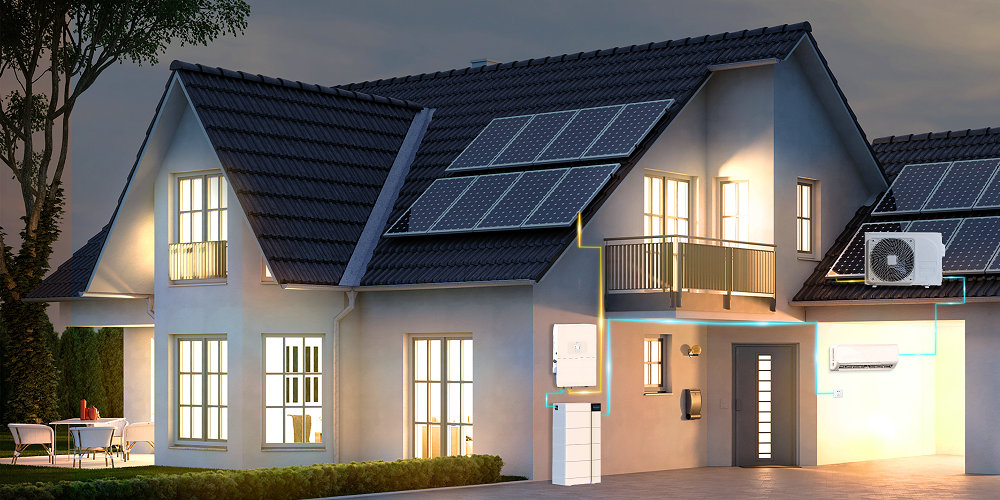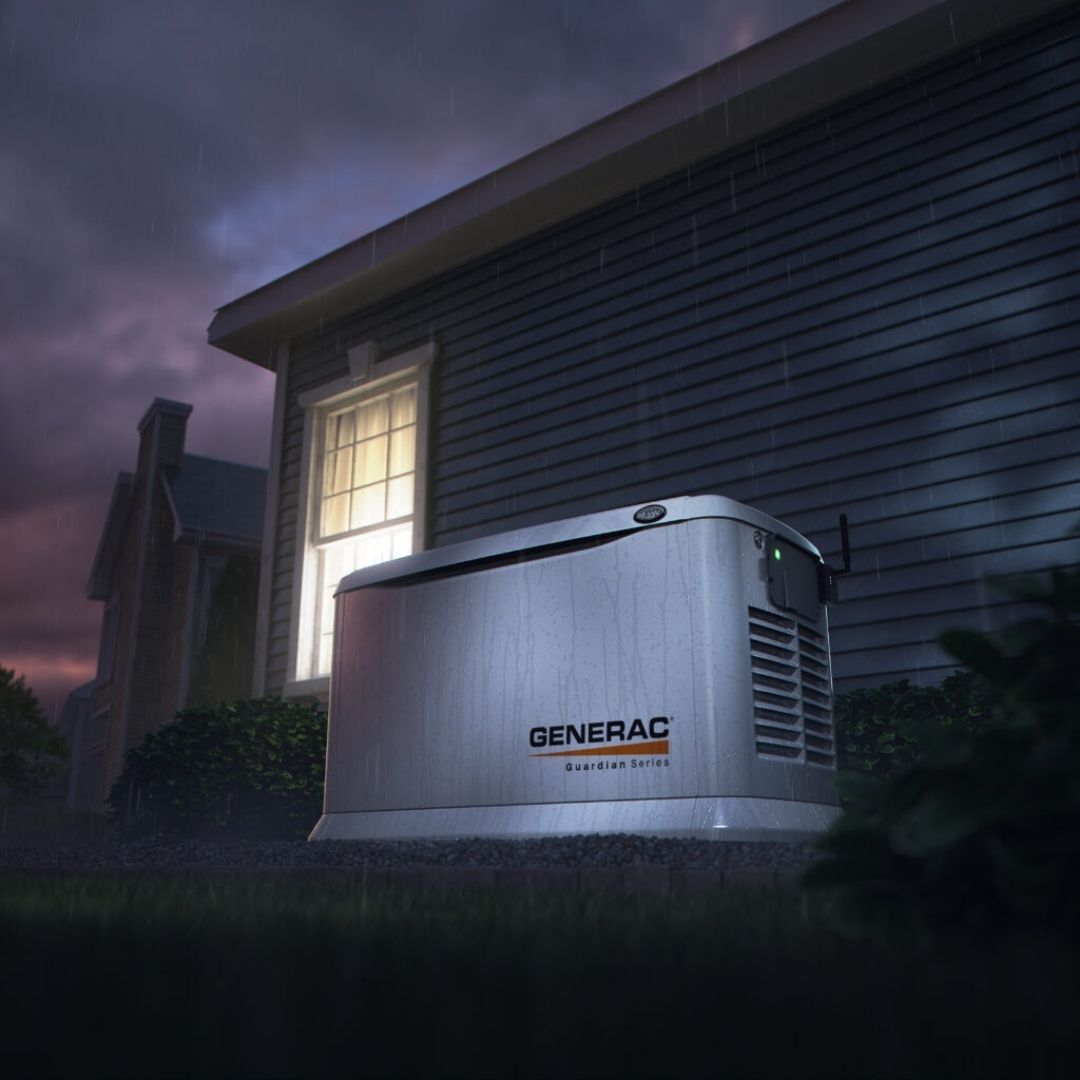Generators: Standby vs. Portable
Generators: Standby vs. Portable
What’s the difference between a standby generator and a portable generator?
Here’s everything you need to know to choose which option is right for you.
Standby generator:
A standby generator is exactly what the name suggests, it is always in standby mode if your utility power goes out. For example, we get a huge storm/snowfall and Hydro lines are knocked down and you have no power for a few days. This generator automatically turns itself on and starts supplying your home with electricity within minutes of the Hydro grid going down.
Pros:
- Automatically turns itself on
- Most installers provide an annual or bi-annual maintenance package
- No need to haul it out of the back of the garage to get power on
- If you travel a lot, you don’t have to worry about your home’s sump pump, water lines freezing or anything of the sort
- Worry free system
Cons:
- Relatively expensive compared to a portable generator
- Very hard to take with you if you decide to move
- Annual maintenance required to avoid downtime (can be done yourself or by a certified technician)
Cost = 16,000–18,000$ + tx
Includes standby generator, transfer switch, labour, all other materials, gas connection (liquid propane or natural gas), inspection and certification.


Portable generator:
A portable generator is the most common type of generator. These generators typically run on gas or diesel and you can easily move it by yourself. There are a few ways to set these up to have power at your home during an emergency. The easiest way, and least convenient, is to run a few extension cords from your generator into your home to a few appliances while you wait out the storm. The best way is to get a manual transfer switch installed with an inlet at the exterior of your home. This would cover your basic appliances and your generator would simply need to be plugged into the (1) inlet. No mess of extension cords. With this system and a properly sized portable generator, you can easily power your gas furnace, fridge, freezer, lights and some outlets. Bare necessities only.
Pros
- Inexpensive option
- Can easily bring it with you if you move
Cons
- More maintenance (fuel must be drained after use, start generator every 30 days, stock up on oil and filters)
- -Needs to be manually taken out of storage, started and connected to extension cords
- -Will not give you peace of mind if you are away from home
Portable generator costs = $1,000–5,000 + tx
Manual transfer switch = $2,000–3,000 + tx
Total cost = 3,000 $8,000 + tx
To connect your home’s essentials with a transfer switch, we recommend an appropriately sized generator. Minimum recommended size is a 7500 W
Recent Posts

Can I get paid to have Solar Panels in Ottawa?

How much do Electricians cost in Ottawa?

Harnessing Solar Power in Ottawa: A Comprehensive Guide to Solar Panels for Homeowners

Generac Generators: Powering Peace of Mind in Ottawa
